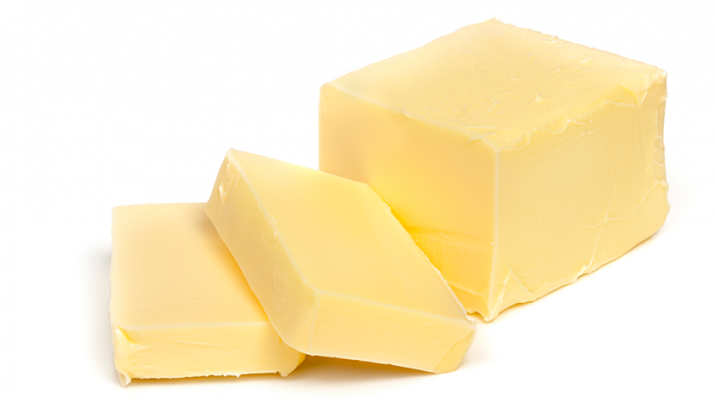Once deemed as a really-bad-for-you food, butter has seen a comeback: consumption has skyrocketed
By Deborah Jeanne Sergeant
Butter consumption: it’s spreading. Once blacklisted as one of the worst foods imaginable (thanks to butter taking the blame for clogging arteries), butter is back on the menu.
Topping foods from the morning toast to dinner veggies, butter has made a comeback. Americans eat an average 5.6 pounds of butter each annually, up from 4.1 pounds in 1997, according to the National Milk Producers Federation, a trade organization in Arlington, Va. The federation also predicts continued strong sales of butter.
Why the shift from substitutes to butter?
The “foodie” movement has sparked more interest in decadent foods. Numerous websites, periodicals and television programs feature cooking that doesn’t obsess about nutrition, calories and fat. For these media, it’s all about richness and flavor.
The focus on “real foods” has heavily influenced butter’s return to the table. Since butter contains only churned cream and salt, it’s a simple, whole food, especially compared with the numerous ingredients found in many shelf-stable spreads.
Erin Burch, certified dietitian nutritionist and owner of Erin Burch Nutrition in Buffalo, said that butter provides more nutritional value than substitutes.
She prefers butter made from milk from grass-fed cows because she said that it contains higher amounts of vitamin K, omega-3 fatty acids and also a fatty acid that offers anti-cancer properties.
“The body requires some fat to absorb fat-soluble vitamins,” she added. “I would rather trust my grandparents’ choice — butter — than a chemist.”
Burch also believes that cholesterol isn’t the enemy — and she doesn’t obsess over calories. She views the “low-fat” trend that started in the 1970s as unhelpful in combating the nation’s health woes.
“We’re brainwashed to think we’re clogging arteries with cholesterol from fatty foods,” she said. “It’s really inflammation we need to eliminate: sugars and simple carbohydrates like breads and pastas. More and more people need to realize this.”
Butter is highly caloric based on volume. One .2-oz pat (one square inch by .03-inch thick) of butter contains 36 calories, which is comparable to many margarine spreads. But adding a small amount of butter to vegetables for flavor can help people eat more vegetables.
Not everyone is pro-butter. Allyson Odachowski, registered dietitian and owner of Custom Dietetics in Buffalo, said that it makes sense to focus on the type of fat we consume. She wants more people to use monounsaturated fats found in sources like nuts, seeds, olive oil and avocado.
“If consumers are looking for something to spread on bagels or for its taste, look for something with heart-healthy fat. It should be olive-oil based.”
She added that choosing spreads isn’t as important for people who use them sparingly, such as once a day. But those who use them more frequently should consider switching to olive oil. She suggested refrigerating olive oil so it solidifies, or trying a spread high in monounsaturated fats.
“Compare that to the amount of polyunsaturated fats and transfats,” She said. “You want the majority to be monounsaturated sources.”

